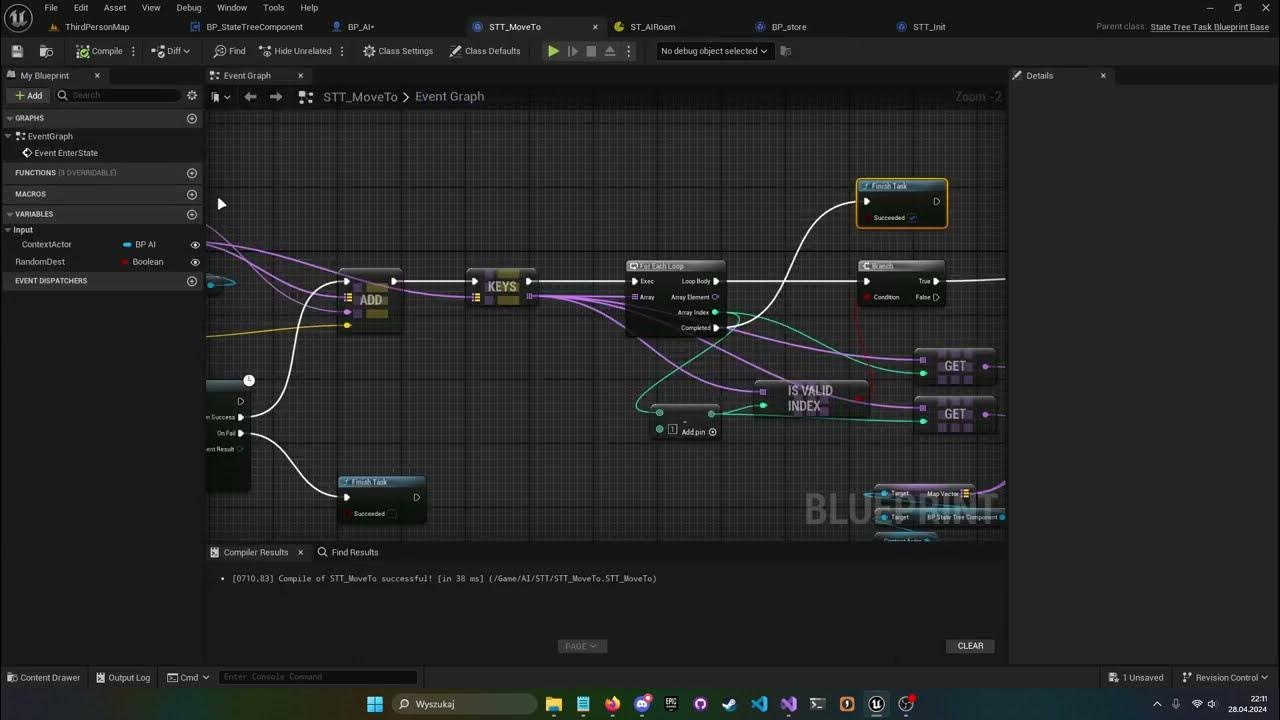How To Understand U.S. Healthcare? Follow The Money | Dr. Jonathan Burroughs | TEDxWolfeboro
Summary
TLDRThe video discusses the alarming state of the U.S. healthcare system, highlighting issues such as perverse incentives, non-value-added variation, and the impending bankruptcy of entitlement programs like Medicare. It critiques a system that financially rewards procedures rather than promoting health, resulting in significant regional disparities in care. The speaker proposes solutions including digitization, standardization, commoditization, and globalization of healthcare to improve accessibility and reduce costs. By embracing evidence-based practices and competitive global healthcare options, the aim is to create a more efficient and equitable healthcare system for all Americans.
Takeaways
- 😀 The U.S. spends significantly more on healthcare than other industrialized countries but has poorer health outcomes.
- 💰 The healthcare reimbursement system incentivizes procedures and tests rather than preventative care or patient health.
- 🏥 Medicare's payment structure is influenced by political donations, leading to a focus on profitability for healthcare providers.
- 📉 A substantial percentage of Americans die in hospitals, highlighting the need for better end-of-life care options.
- 📊 Non-value-added variation in healthcare delivery contributes to significant differences in patient outcomes and costs.
- 💵 Rising healthcare costs lead to personal bankruptcies among insured Americans, particularly due to serious illnesses.
- 🌍 The healthcare system was designed based on outdated assumptions about life expectancy and demographics.
- 🖥️ Digitizing healthcare records and making them accessible can enhance patient care and efficiency.
- 📏 Standardization of care based on evidence can reduce variations in treatment and improve health outcomes.
- ✈️ Medical tourism is growing as Americans seek affordable healthcare options abroad, indicating a competitive global market.
Q & A
What are the main issues with the U.S. healthcare system as discussed in the video?
-The main issues include perverse incentives that prioritize profit over health, non-value-added variation in care, and the financial strain of entitlement programs on the government.
How do perverse incentives affect healthcare providers in the U.S.?
-Healthcare providers are incentivized to perform more procedures and tests rather than focusing on patient health, leading to a system where revenue generation takes precedence over care quality.
What is the impact of non-value-added variation in healthcare?
-Non-value-added variation results in significant discrepancies in patient care and spending, causing avoidable complications and contributing to the overall mortality rate in the U.S.
Why is the age of 65 significant in the context of Medicare?
-The age of 65 was established based on historical data when only a small percentage of people lived past that age, leading to an unsustainable system where a large portion of the population relies on Medicare.
What solutions does the speaker propose for improving the U.S. healthcare system?
-The proposed solutions include digitizing healthcare records, standardizing best practices, commoditizing care to reduce costs, and embracing globalization to allow for medical tourism.
How does digitization of healthcare improve patient care?
-Digitization allows patients to access their health information anytime, streamlining care and making it easier to manage and coordinate healthcare services.
What role does standardization play in enhancing healthcare quality?
-Standardization helps ensure that all patients receive evidence-based care, reducing the variability in treatment outcomes and improving overall quality of care.
What does commoditization of healthcare mean?
-Commoditization refers to making healthcare more affordable and accessible by reducing costs and offering various options for receiving care.
How has medical tourism become relevant in the U.S. healthcare landscape?
-Medical tourism allows Americans to seek affordable healthcare options abroad, often at significantly lower costs, while maintaining quality care, thus addressing financial burdens.
What is the significance of General Tsin Seki's quote mentioned in the video?
-The quote emphasizes the necessity for change and adaptation in the healthcare system, highlighting that resisting change could lead to a decline in relevance and effectiveness.
Outlines

Cette section est réservée aux utilisateurs payants. Améliorez votre compte pour accéder à cette section.
Améliorer maintenantMindmap

Cette section est réservée aux utilisateurs payants. Améliorez votre compte pour accéder à cette section.
Améliorer maintenantKeywords

Cette section est réservée aux utilisateurs payants. Améliorez votre compte pour accéder à cette section.
Améliorer maintenantHighlights

Cette section est réservée aux utilisateurs payants. Améliorez votre compte pour accéder à cette section.
Améliorer maintenantTranscripts

Cette section est réservée aux utilisateurs payants. Améliorez votre compte pour accéder à cette section.
Améliorer maintenantVoir Plus de Vidéos Connexes

FEDERALES TENIAN EN LA MIRA A CDOBLETA

What are Cabinet committees, and why is the CCS the most important? | UPSC

Largest Asset Class In The World Is On The Brink Of Collapse

UE5.4 State Tree Data Management

Trump Assassination Attempt Emergency Podcast | The Tim Dillon Show #400

Massa God Fish Can Done

India's World-Class Infrastructure | Airport and Bridges Collapse
5.0 / 5 (0 votes)
